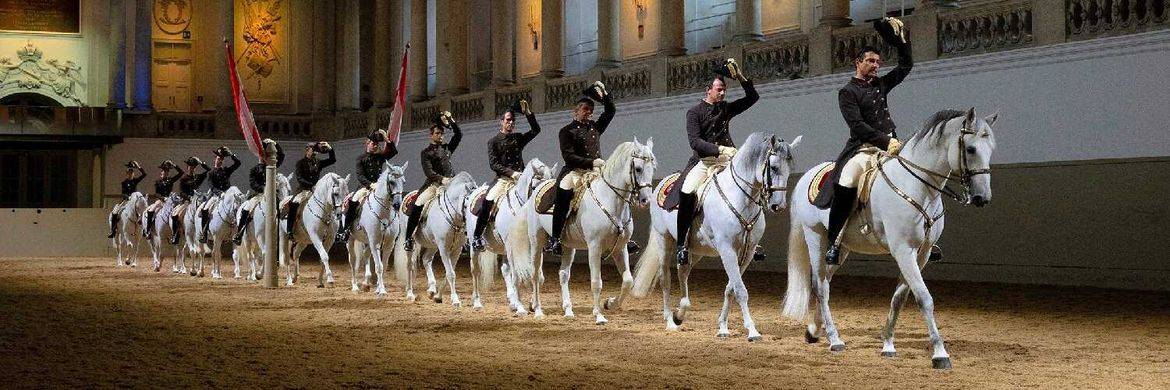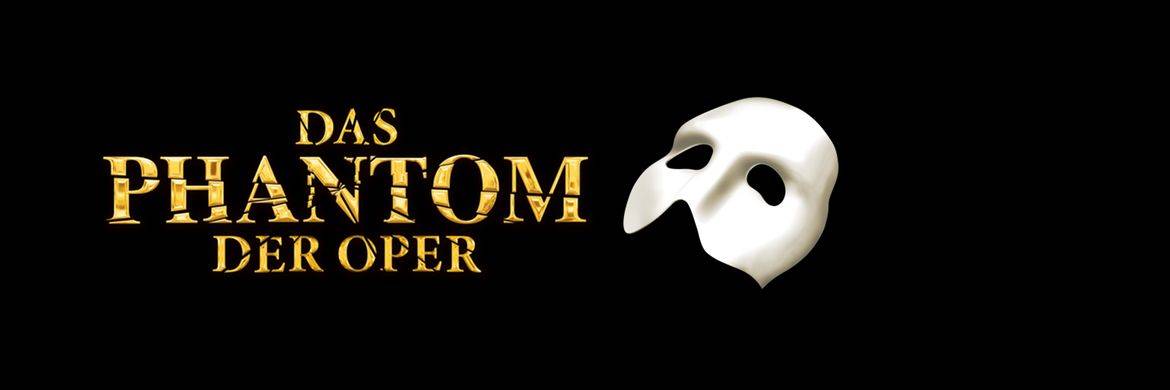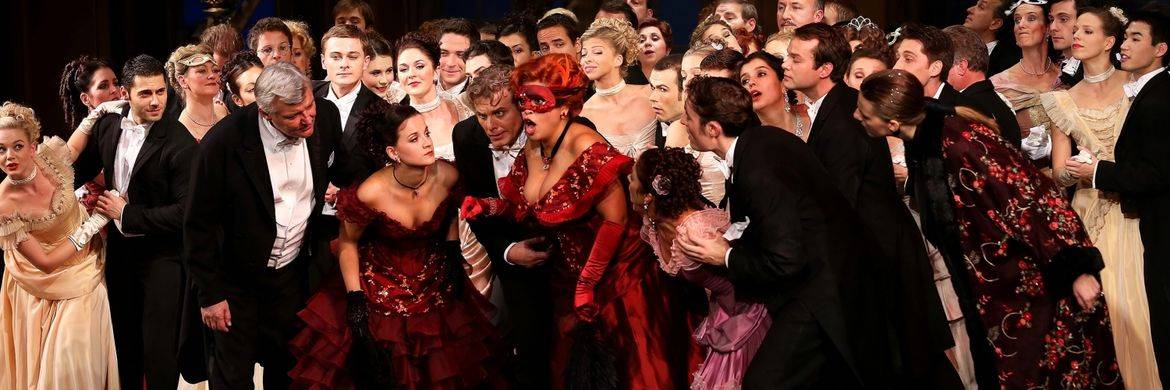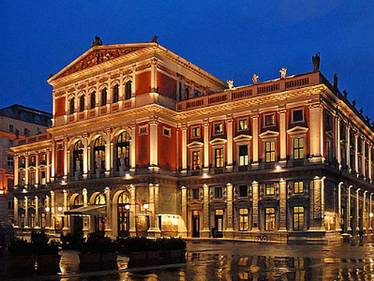Musikverein - Schedule, Program & Tickets
Musikverein
There are many music clubs. The Musikverein exists only once. Music lovers all over the world know it as the center of Viennese musical culture, the hub of international concert life, an Eldorado of classical music.
In December 1857, the Musikverein was delighted to receive a "magnificent, truly imperial Christmas present". Emperor Franz Joseph 1 had authorized the demolition of the old city walls and thus created the possibility of a large-scale expansion of the city. Vienna's Ringstrasse era began. New buildings - including an opera house, galleries and museums - were to be built on the Ringstrasse according to imperial decree, and so the Musikverein also hoped to finally escape the old Musikverein building.
This building - located in the inner city at Tuchlauben no. 12 - had been occupied in 1831 and contained the first real concert hall in Vienna. It could accommodate 700 listeners - a dimension that was soon no longer sufficient to cope with the rush of audiences. Nevertheless, patience was once again required. It was not until 1863 that the Emperor showed his generosity and gave the society a large area opposite St. Charles Church.
The Friends of Music had the opportunity to add a prestigious building to the ensemble of Ringstrasse architecture. They planned accordingly generously. Two concert halls were to be accommodated in the new building. Prominent architects, including Theophil Hansen, August Siccard von Siccardsburg and Eduard van der Nüll, were invited to draw up corresponding designs. Siccardsburg and van der Nüll, the creators of the court opera, declined. Hansen remained - and proved to be the very first choice.
Hansen had created a truly classical ambience for the performance of "classical works". The music lovers could be proud of their new home. In 1870, three years after the ground-breaking ceremony, they formulated the certificate for the laying of the final stone with solemn joy:
"Dedicated to the art of music in school and mastery, this house shall be and remain: a work of art in itself, a home of music, an adornment of the city and the empire."






